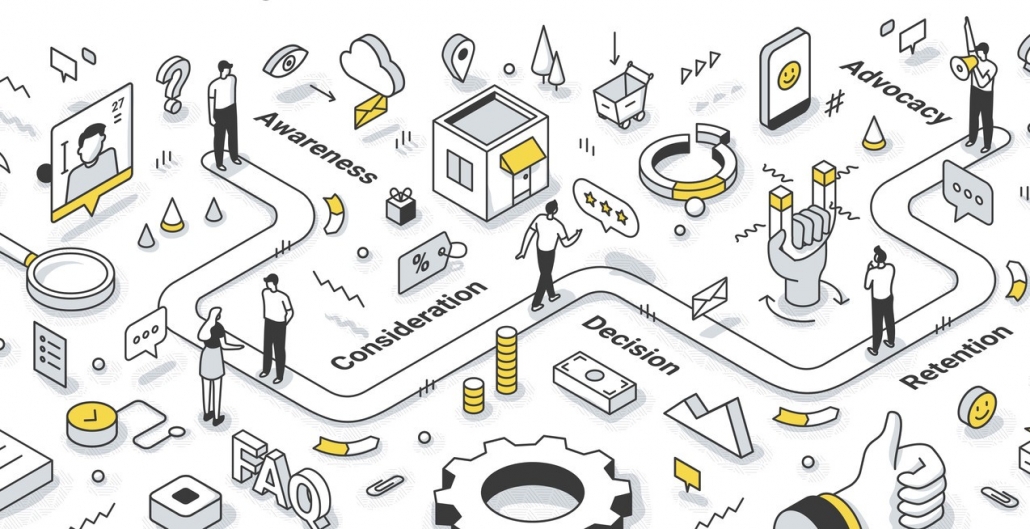Archive for March 2020
$2.2 TRILLION CORONAVIRUS STIMULUS PACKAGE – WHO AND WHEN YOU SHOULD EXPECT YOUR DIRECT PAYMENT CHECK
$2.2 TRILLION CORONAVIRUS STIMULUS PACKAGE – WHO AND WHEN YOU SHOULD EXPECT YOUR DIRECT PAYMENT CHECK Single adults with adjusted gross income up to $75,000 will get a $1,200 payment. Married couples with adjusted gross income up to $150,000 will get $2,400. Single parents who file as head of household with adjusted gross income up to $112,500 will get the full $1,200 check. Additionally, Americans…
Read MorePARTIAL HIGHLIGHTS OF CONGRESS’ $2.2 TRILLION VIRUS RELIEF PACKAGE
PARTIAL HIGHLIGHTS OF CONGRESS’ $2.2 TRILLION VIRUS RELIEF PACKAGE (As of Friday, March 27, 2020) Here is a partial list of the highlights of a roughly $2.2 trillion package to rush aid to businesses, workers and a health care system slammed by the coronavirus pandemic. The package, approved by the Senate yesterday and today by…
Read MoreCore Competencies for Optimized Cash Flow
The ability to optimize cash flow is a priceless asset to any business, especially for those looking to grow. But optimization depends on building a cash management culture where every team member can contribute. Cash flow optimization is a relatively simple concept. To be successful, a business must generate more cash than it expends. However,…
Read MoreThe Fine Art of Constructive Criticism in the Workplace
When you’re expanding your business, there will be lots of growing pains along the way. Diplomacy is a key factor in a successful team-management strategy. It’s never fun delivering criticism to your employees. But there are many times when it’s a necessary part of running a business. Entrepreneurs and business owners must harness the art…
Read MoreWhy Map the Client Journey?
Consumers aren’t required to know what it’s like to run your company. But your company needs to know what it’s like to be your customer. As a business owner, you’re tasked with not only creating a profitable model and ensuring efficiency, but also creating a meaningful and satisfying experience for your customers. Your business wouldn’t…
Read MoreHow to Define Your Company’s Core Values
Today’s businesses must be clear about who they are, what they believe in, and how their business model proves it. This starts with defining core values. For long-term growth and sustainability, your business needs to have a clearly defined vision that’s shared across the company. And it should be accessible and consistent to the outside…
Read More





